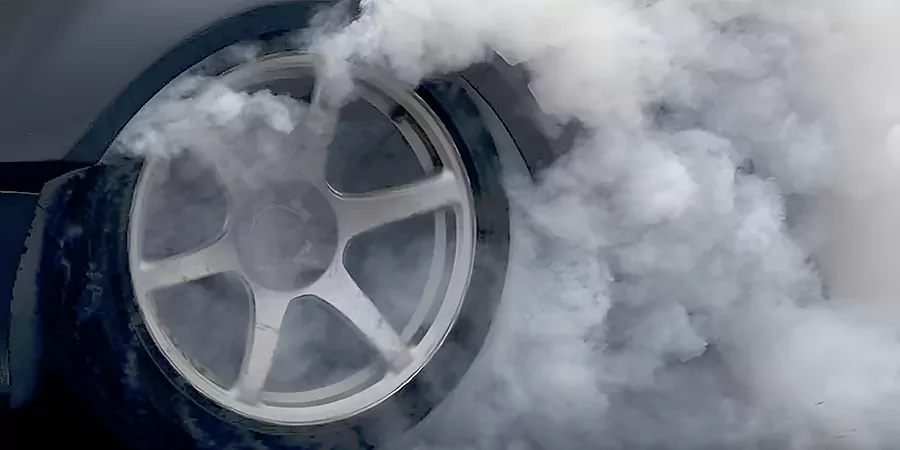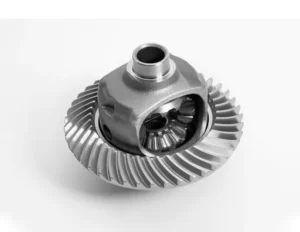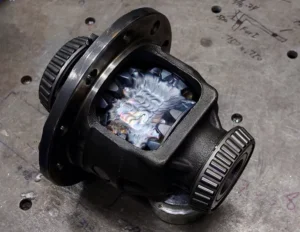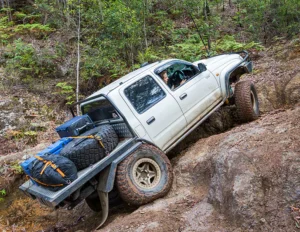A Limited Slip Differential (LSD) is a crucial component designed to enhance traction and stability of a vehicle on uneven terrains. It aims to distribute more power to the wheel with better grip when another wheel starts to slip. However, sometimes you may notice that despite having an LSD, only one wheel spins. Why does this happen? This article explores the reasons behind this issue and provides solutions.

Working Principle of LSD
First, let’s understand the basic working principle of an LSD. It works by using internal friction plates or cone gears to limit the difference in speed between the two wheels. When one wheel loses traction and begins to slip, the LSD transfers more power to the other wheel that has better traction, thereby enhancing the vehicle’s overall stability and traction.
Reasons Why Only One Wheel Spins
Even though LSDs are designed to prevent wheel slippage, there are situations where only one wheel may end up spinning. Here are some potential reasons:
Internal Component Wear or Damage
Over time, the friction plates or cone gears inside the LSD may wear out or get damaged due to prolonged use. This wear and tear can lead to the LSD being unable to effectively limit the speed difference between the wheels, resulting in poor power transfer. Regular inspections and replacements of these components are necessary to avoid this issue.
Insufficient Lubrication
Proper lubrication is essential for the LSD to function correctly. If the differential lacks adequate lubrication or if the quality of the lubricant is poor, it can negatively impact the performance of the LSD, preventing it from working properly. Regularly changing the lubricant with high-quality oil can effectively prevent this problem.
Design Limitations
Different types of LSDs may perform differently under various conditions. For example, viscous LSDs might not perform as well as mechanical LSDs or locking differentials on extremely slippery surfaces. This is due to the differences in design and working principles under extreme conditions.
Improper Installation or Adjustment
During installation or maintenance, if the LSD is not properly adjusted or installed, its performance can be compromised. For instance, if the friction plate clearance is not adjusted correctly during installation, it can affect the effectiveness of the LSD. Ensuring proper installation and adjustment is crucial.
Extreme Driving Conditions
In extreme driving conditions such as deep snow, mud, or very slippery surfaces, even a high-performance LSD may sometimes fail to prevent single-wheel slippage. In such cases, the driver needs to assist the LSD by controlling the throttle and steering appropriately.
Solutions
Regular Maintenance and Inspection
Regularly inspect the internal components of the LSD and replace them if necessary. This is particularly important for off-road vehicle owners who frequently use their vehicles under harsh conditions. Regular maintenance ensures the LSD remains in optimal working condition.
Use High-Quality Gear Oil
Use high-quality gear oil recommended by the manufacturer and change it at the suggested intervals. Proper lubrication not only extends the lifespan of the LSD but also ensures its stable performance.
Professional Installation and Adjustment
It is best to have the LSD installed and maintained by a professional technician to ensure correct installation and adjustment. Professionals can accurately adjust the friction plate clearance, ensuring the LSD operates at its best.
Driving Techniques
In extreme conditions, drivers should assist the LSD by adjusting the throttle and steering. For example, applying throttle slowly and evenly when a wheel starts to slip can help the LSD better distribute power, reducing the chances of single-wheel slippage.
Conclusion
The limited-slip differential is a key component in improving vehicle traction and stability, but issues such as single-wheel slippage can still occur. By understanding its working principles, common failure causes, and adopting proper maintenance measures, you can effectively prevent these issues. Ensuring the LSD is always in good condition not only enhances the driving experience but also ensures driving safety.



